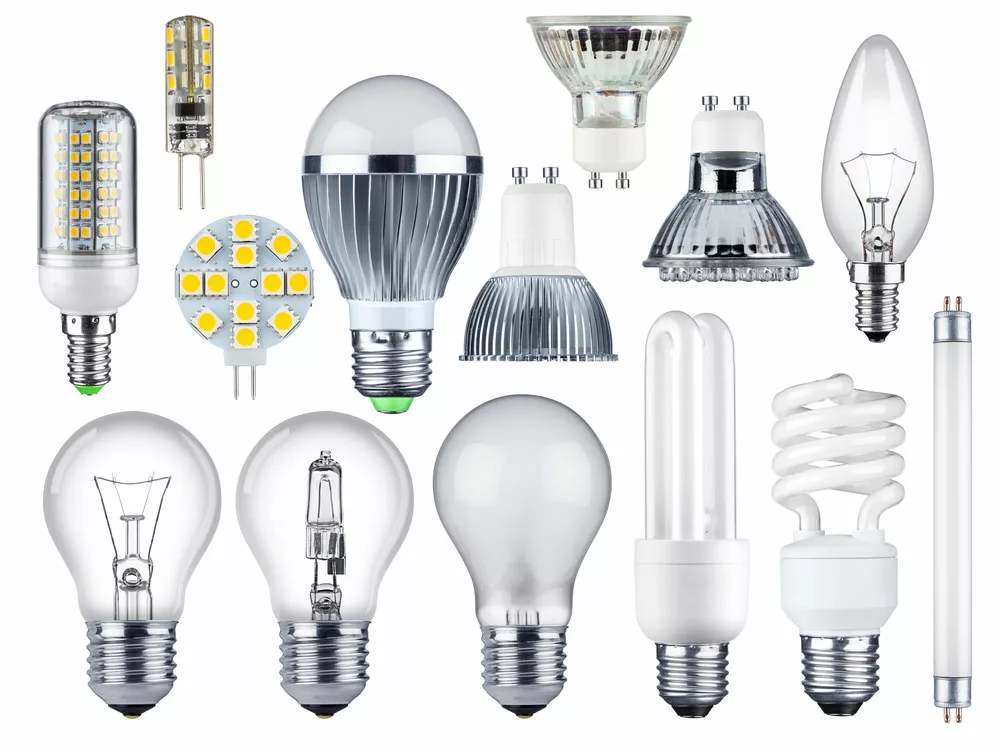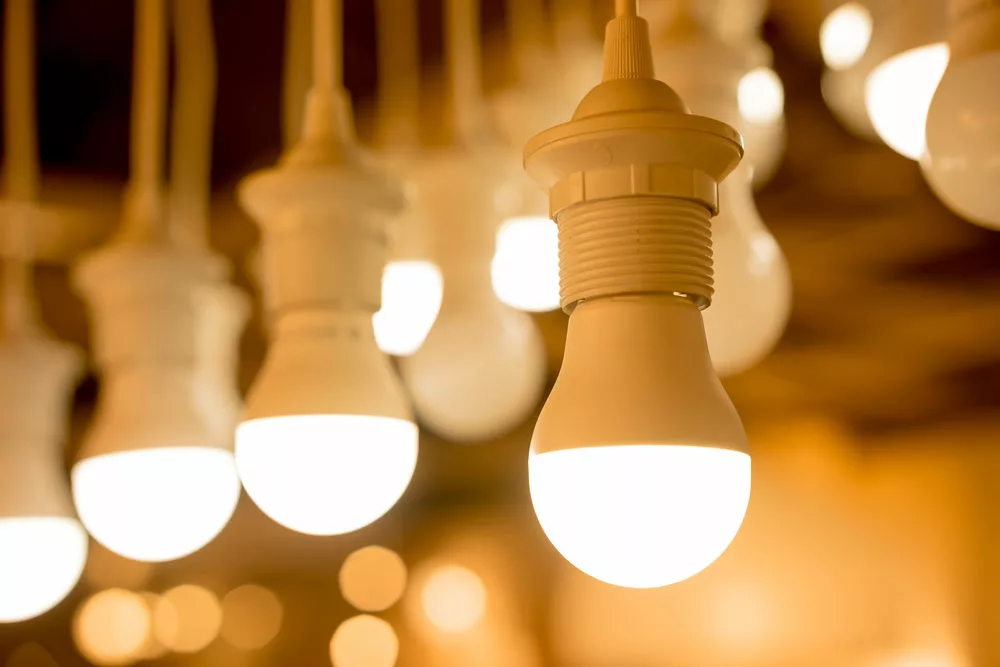Have you ever experienced a headache when exposed to bright light? Unfortunately, if your answer is yes, you may have Photophobia, especially if your eye doctor confirms that. Don’t worry; it’s not as bad as it sounds. However, you must know how to deal with Photophobia to ensure it doesn’t interfere with your daily life. This guide will give you all the information you need about lighting headaches, the symptoms, causes, and how to deal with Photophobia.
What Is Photophobia? Is the Type of Light Important?
Photophobia is an extreme sensitivity to light. Photophobia, or light sensitivity, occurs when the eyes feel pain and discomfort from exposure to light.
It can cause headaches, nausea, blurred vision, and general discomfort for those who suffer from it. If you experience migraines and the light seems to make them worse, you are likely dealing with Photophobia.
According to a study of 4000 migraines, 89% of the individuals had Photophobia. This study ensures that Photophobia is a common symptom of migraine headaches.

A young man with a beard hides his hand from the light
Is the Type of Light Important?
The kind of light matters when it comes to Photophobia. The brighter the light and the more UV it contains, the greater chances of developing Photophobia.
The wavelengths of light also tend to affect Photophobia, with shorter wavelengths causing more discomfort than longer ones.
For example, blue-green light will generally cause more Photophobia than yellow or orange light. The lights that cause Photophobia the most are sunlight, digital screens, fluorescent light bulbs, and LED lighting.

Electric household lamps of various types
Types of Light-Induced Headaches
Tension Headaches
These are one of the most common types of headaches. They usually develop slowly and last for a few hours or even days.
Tension headaches symptoms include a dull pressure sensation on both sides of the head, neck pain, and sensitivity to light and sound.
Migraines Headaches
Migraines are severe Photophobia-induced headaches that can last for days. Photophobia can be one of the first symptoms and is often accompanied by nausea, vomiting, dizziness, and changes in vision.

A young woman is suffering from a headache
Cluster Headaches
These headaches usually come on suddenly and are most intense behind one eye or along one side of the head. Usually, it lasts for a few hours and sometimes even days.
What Types of Light Cause More Problems?
The most problematic types of light are usually blue-green light. These lights have shorter wavelengths, meaning they can cause Photophobia more easily.
Sunlight, TV and computer screens, fluorescent lighting, and LED lighting are all examples of blue-green lights that can cause Photophobia.

Set of different light bulbs
Preventing Light-Related Migraines and Photophobia
Replace Fluorescent Bulbs With More Efficient Lighting
Fluorescent bulbs contain mercury, are not energy-efficient, and emit harsh blue-green light. You don’t know how these lights affect you during the day.
Do you know that about 70% of workers don’t like their workplace because of the poor lighting? This percentage shows that harsh lighting affects work productivity and health.
The best way to reduce Photophobia is to replace fluorescent bulbs with more energy-efficient lighting, like LED bulbs with cooler color temperatures.
Reduce or Filter Out the Glare
The glare is an intense light from reflective surfaces like windows, desks, or walls. Both artificial lighting and natural light sources can produce glare, which can cause Photophobia.
To reduce the glare, you should use blinds or curtains to block out the light from windows, or you can add a glare light filter to your monitor.

Sun rays light
Step Away From Screens Every Few Hours
We use screens too much in the era of technology. People now work with screens for 8-10 hours a day, and Photophobia can be one of the consequences.
We must learn to step away from our screens every few hours and take a break from the light. Simple activities like walking, taking a nap, or chatting with someone can help reduce Photophobia.
Increase Light Exposure
You might prefer darkness and enjoy sitting in a dark room, but Photophobia can worsen if you don’t get enough light exposure.
Yes, that’s true; when not enough light enters your eyes, you become more sensitive to Photophobia. So, gradually increase your light exposure and get outside in the morning or evening for at least 30 minutes a day.
Best Light Bulbs to Buy When You Have Chronic Migraine
Human-Centric or Integrative Lighting
This type of lighting considers the occupants’ needs and the specific activities that will take place in the space.
The goal is to create a lighting environment that is comfortable and conducive to those activities.
For example, the amount of light needed while reading, working, and studying differs from when meditating or relaxing. Human-centric lighting takes into account these differences and adjusts the light accordingly.
Adjustable Lighting
If you have Photophobia, adjustable lighting is a must. That way, you can adjust the light levels depending on your feelings and activities.
You can have a dim light switch or LED lights with adjustable color temperatures to get just the right amount of light for Photophobia.
Warm LED Light Bulbs
LED light bulbs are the most efficient and eco-friendly type of lighting available. They also offer a range of color temperatures, so you can choose the one that suits Photophobia best.
Warm LED bulbs with a color temperature of around 2700K are usually recommended for Photophobia as they emit softer light that’s easier on the eyes. Also, try to avoid blue lights as they increase migraines.

Some LED lamps
Halogen Light Bulbs
Halogen light bulbs are a good option for Photophobia as well. They emit warm, yellowish light that is easier on the eyes than fluorescent bulbs.
The good part is that they produce a bright light that you can use for specific tasks. However, they get too hot over a period of time, so you must take care when handling them.

Bright halogen light bulb
Smart Light Bulbs
Smart light bulbs are an excellent choice for Photophobia since they allow you to customize the lighting to fit your needs.
You can adjust the brightness and color temperature and set schedules for when the lights will turn on and off. The best part is that you can handle them with your voice or a smartphone app.

Controlling light bulb temperature and intensity with a smartphone
Greenlight
Studies have shown that green lights are the less harsh type of light when it comes to Photophobia. This light generates smaller signals that don’t reach the brain as quickly, which makes it easier to tolerate.
Summary
Photophobia can be challenging, but you can make your environment more comfortable with the right lighting choices.
Try any of the above-recommended light bulbs to help reduce Photophobia-related symptoms and make it easier to work and rest in your home.
We hope this information has been helpful and that you now have the insights to make an informed decision.
